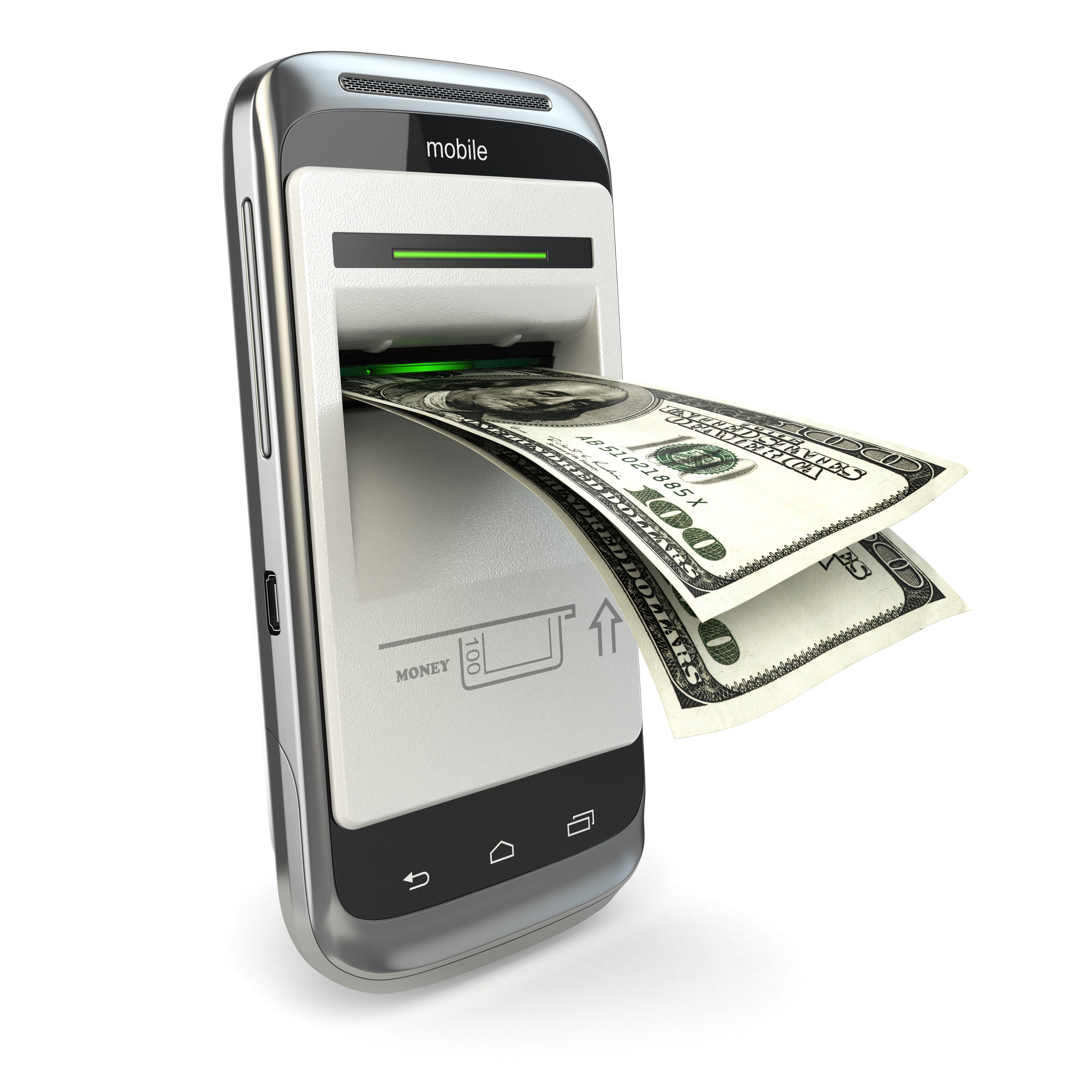EMV chip cards are credit and debit cards that contain a small microchip. This chip generates a unique code that is needed for every transaction. EMV cards are more secure than traditional magnetic stripe cards because it is very difficult to copy or counterfeit a chip card. EMV cards also have the ability to store more information than magstripe cards. In addition, EMV chip cards are accepted in more places than magstripe cards, especially internationally.
Selling EMV terminals, or chip readers, as the US converts to chip-based cards would seem to be like shooting fish in a barrel. Not so, according to the Wall Street Journal. Two big manufacturers fumble as the industry gears up.
The latest letdown comes from Paris-based Ingenico. ING 0.45 % Its shares fell by 14% on Tuesday after the company warned of lower sales in the U.S., which is taking longer than expected to fully switch to chip-based payments.
The consumer-facing part of EMV has been relatively good when you think about the basics. Almost a billion chip cards were replaced in a short period of time. Hourly wage earners, the feet-on-the-street who are accountable for completing most of the transactions, fumble less than they did back in October ’15. And consumers accept the change, like it or not.
This follows weak earnings last week from Ingenico’s U.S.-based rival VeriFone. PAY 0.36 % Its shares tumbled 26% on Friday.
There is no doubt that EMV will continue to develop over the next five years. US debit cards still lags in adoption because of some over complications caused by Dodd Frank. But, US credit cards, which carry about 40% of global credit card transaction volume, is ready to go.
For now, Merchants still lag in adoption despite credit card, and consumer readiness. Is this the cart before the horse?
Overview by Brian Riley, Director, Credit Advisory Service at Mercator Advisory Group
Read the full story here











